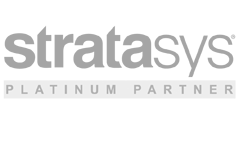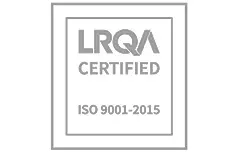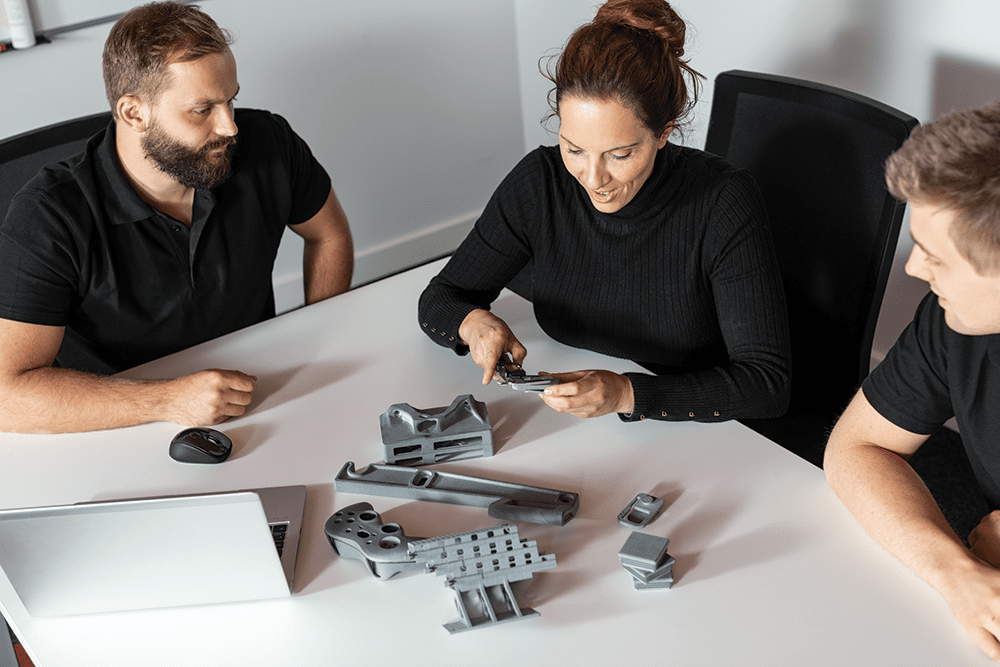
Stratasys H350 finally realises the promise of powder bed fusion
Consistency, dimensional accuracy, a high throughput, total control over the build and full traceability – all characteristics you would expect from a production-grade, additive manufacturing machine, and ones that the Stratasys H350 demonstrates time after time.
It is a machine that fulfils the promise of powder bed fusion technology and is ideal for high volume, short-run production. Parts such as brackets, machine components, jigs, manifolds, manufacturing aids, hinges, gears, clips, shatter proof trims, consumer electronics cases and headphones can all be produced with ease.
Its secret is Selective Absorption Fusion (SAF), in which High Absorbing Fluid (HAF) is jetted onto a layer of polymer powder. An infrared lamp is then used to fuse the particles together, after which a roller moves another layer of powder on top, ready for the process to repeat. This continues, building a part layer by layer until the build is complete. No support structure is required, making it suitable for cost efficient, functional parts that need to be produced at higher production volumes.
A further advantage of the Stratasys H350 over other powder bed fusion machines is its packing density, which at 12% as standard is much greater than that typically seen in other offerings. Depending on the parts, the build can be made even denser than that.
The SAF difference
What makes this process fundamentally different from other powder bed fusion machines is its one pass technology. Inside the machine, one carriage prints and fuses, while another recoats and heats. These two carriages are perfectly synchronised so that the time between fusing and recoating is consistent across the bed.
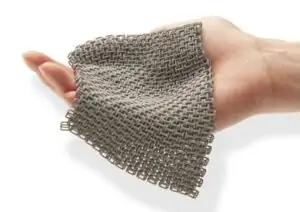
One of the inventors of SAF, Professor Neil Hopkinson, spoke to TCT about his pride in this aspect of the technology: “In powder bed fusion technologies, particularly when doing large, flat areas, it can be challenging because the moment after you’ve heated particles, they start to cool.
“If they cool too much, particularly when they put the next layer of powder over the top, they can warp. Because the time between fusion and deposition of the next layer is the same in our system, we don’t have any areas where there’s a long time between that fusion and deposition. That instantly makes our parts less prone to the cooling that leads to this phenomenon known as curl.
“We’ve had our customers looking at parts just amazed that this big, flat area is being produced without any indication of lifting up, which they would expect to see. That’s been very gratifying for me, because it is proof that our thermal control concept is absolutely working.”
Parts are further improved, thanks to efficiency of the Big Wave powder management system. This evenly distributes the powder, preventing thin areas from occurring which could lead to overheating. It also recirculates any overflow of powder back into the feed, minimising its thermal exposure. This reduces the need to add as much new powder for the next part run, minimising wastage and lowering overall costs.
Full traceability
But producing parts consistently, speedily and repeatably is no use if you cannot demonstrate complete traceability to your customers. GrabCAD Print software comes in here. The details of every job, including material, print settings and print head used, can be retrieved to certify production if needed. In addition, if you need to know how fast your parts are being produced, you can easily get a status report on all of the machines in your fleet from the software too.
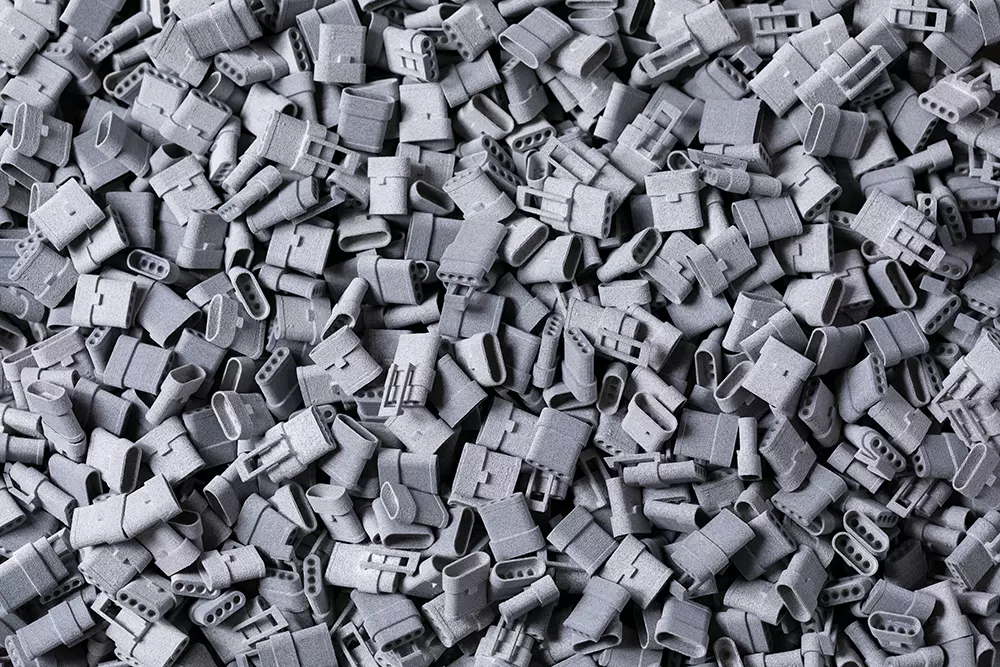
This is very much part of the machine’s underlying philosophy, as Professor Hopkinson has explained in the past: “When customers are looking at doing certified manufacturing, they will have a configuration. The configuration includes things like tracking of materials and what printhead is [being used] in the machine.
“If you change those printheads, you have to reconfigure and go through a process all over again. And then that’s an extra cost you have to amortise in your whole manufacturing process.”
Over a decade in development
Professor Hopkinson’s involvement in the machine can be traced back to the year 2000 when he was working on his doctorate. As he told 3D Printing Industry, “I realised that manufacturing using what was then known as rapid prototyping was going to be a commercial reality. I felt that the greatest contribution I could make to 3D printing would be to lower the costs of laser sintered parts. I thought that the most effective way to reduce the cost would be to drop the most expensive component, the laser.”
The laser was swapped for an infra-red lamp, leading to a precursor of SAF known as High Speed Sintering (HSS). After joining up with a Cambridge-based company Xaar, which made the piezoelectric print heads that jet the fluid onto the powder, work began on commercialising the technology in conjunction with Stratasys.
The technology was improved to remove the causes of variability in the printing process to make sure the finished product was ready for the needs of volume manufacturing. Following a series in investments, Stratasys now owns the technology outright and has integrated it into its range of additive manufacturing machines.
Eco-friendly material
PA11 is the first material to be made available for the machine, with PA12 (also known as Nylon 12) and polypropylene (PP) following closely behind.

Stratasys SAF PA12 is best employed when stiffness and dimensional accuracy are paramount for parts such as housings, covers with an interference fit (such as a cap with a thread) and larger parts.
SAF PP is perfect for parts that need a level of chemical resistance, such as an elbow pipe on a waste fluid line. It is also useful for parts that need a high ductility, such as a flex joint on a pipe.
If you want to find out how SAF additive manufacturing technology can save you money and time compared to traditional manufacturing techniques, give us a call on 01295 672599 or email [email protected]. We can arrange for a live demonstration in a live production environment.






